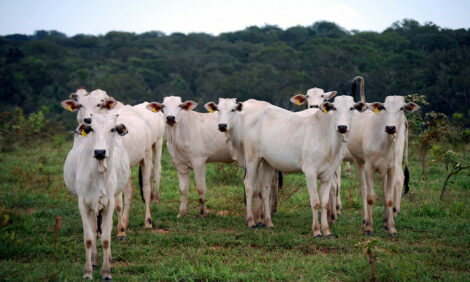



Indigenous Breeds For Livestock Development in Africa
SENEGAL - As the first International Technical Conference on Animal Genetic Resources set for 3-7 September in Interlaken, Switzerland draws nigh, Food and Agriculture Organization has cited South Africa, Kenya and Tanzania as examples of the need for animal genetic resources conservation in Africa.In South Africa, this perception of inferiority led in 1934 to the promulgation of a law under which indigenous cattle breeds and types owned by black people were regarded as scrub animals.
Inspectors were appointed to inspect the bulls in communal areas and to castrate them if inferior. Fortunately, because of its unpopularity, the law was effectively applied for only a few years.
It was only when a Beef Cattle Recording Scheme was introduced in 1959 that the performance of South Africa's indigenous cattle, such as the "Nguni", was properly recorded and evaluated.
The findings attracted commercial interest in the breed, as key points from the research and performance recording stated that the "Nguni" is highly fertile with a long productive life. The breed is the most resistant to ticks of all breeds in South Africa.
It is now generally accepted that the results of the research and performance recording saved the Nguni from the threat of extinction.
This breed has now grown numerically to become one of the largest seed stock beef breeds in South Africa. There are currently more than 30,000 seed stock females, with an estimated 1.8 million Nguni-type female animals in South Africa.
Besides, The Red Maasai, renowned for its hardiness and disease resistance, especially its resistance to gastrointestinal parasites, is predominantly kept by Maasai pastoralists, as well as by the neighbouring tribes in the semi-arid regions of Kenya and Tanzania
Source: Afrique en ligne


